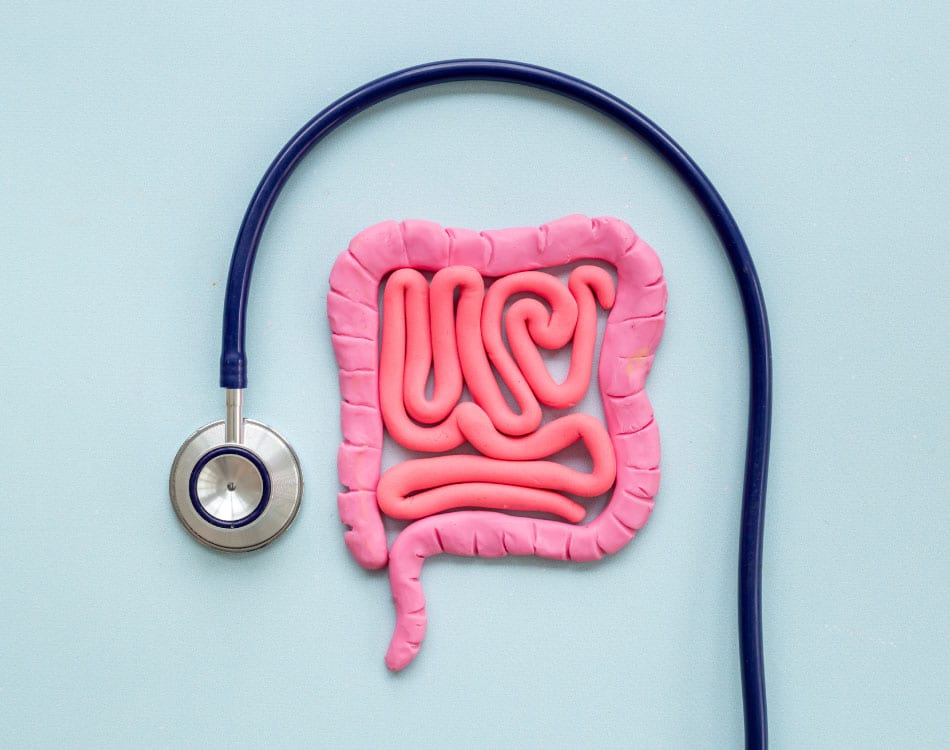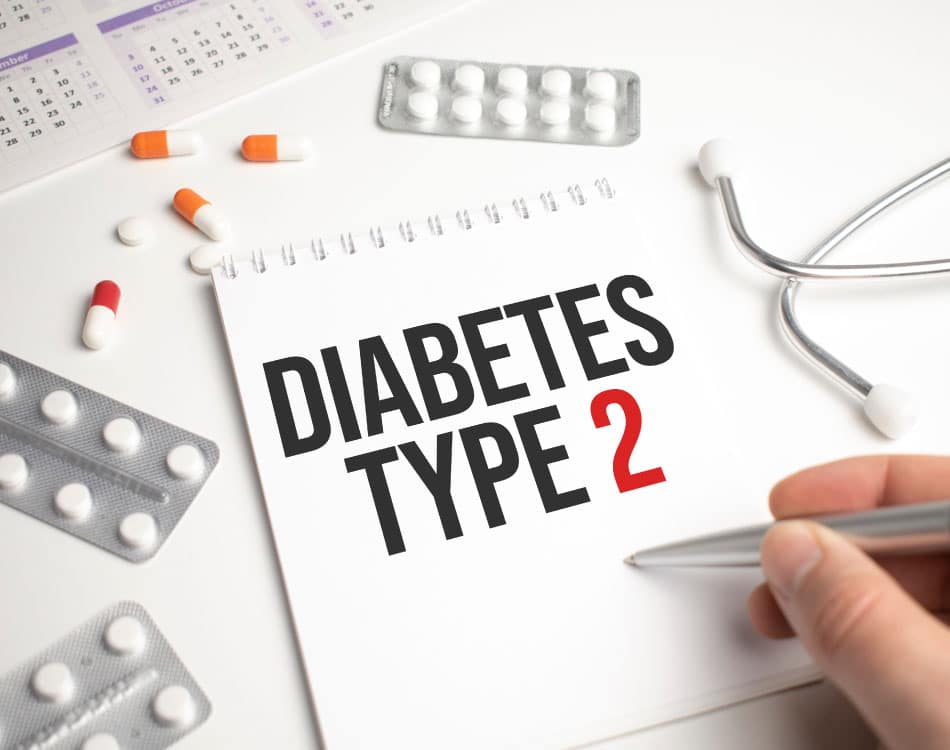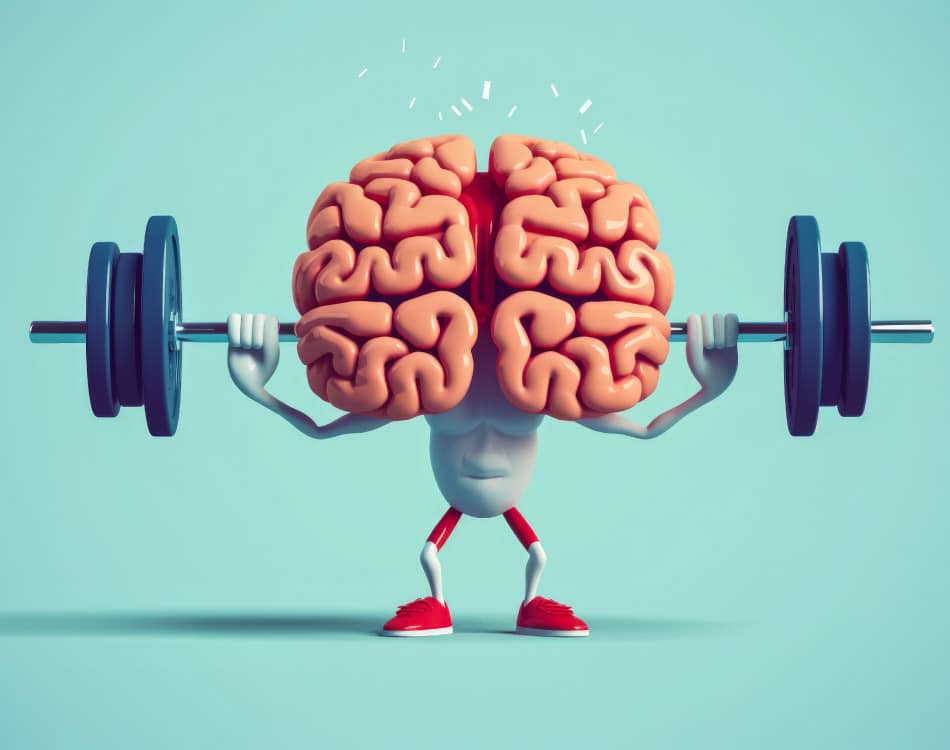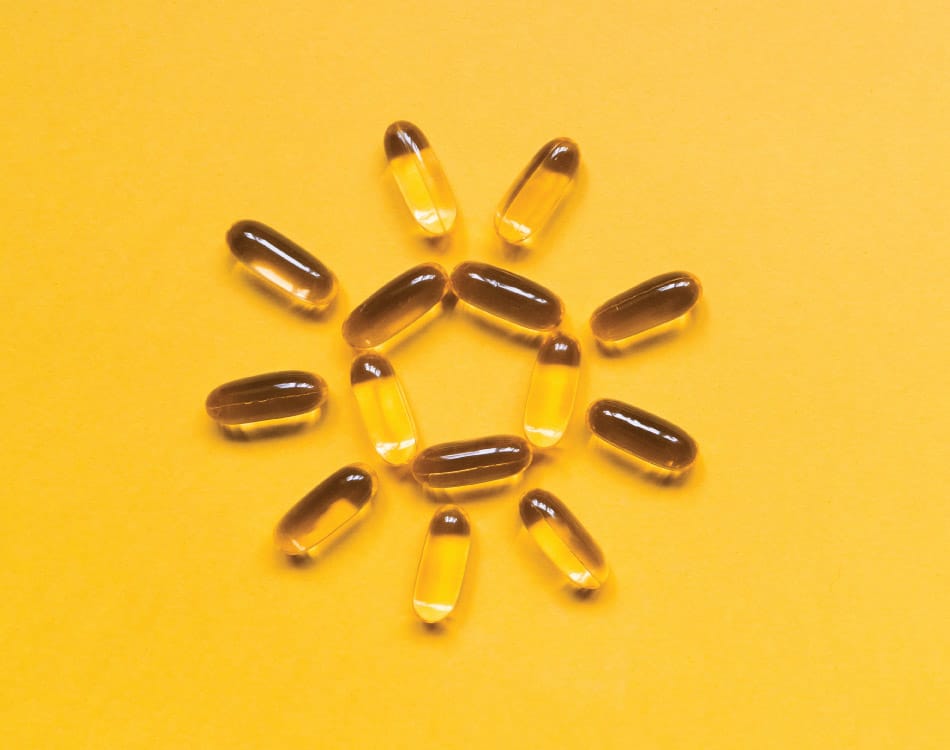Sugar is generally vilified in discussions around diet and health, but it is important to understand the different forms we consume and what happens to your body when we eat this substance.
When people talk about sugar, they generally refer to the table sugar we put in our tea or coffee. But we generally constantly consume some form of sugar, regardless of the diet we eat, and we all need sugar for our bodies to function properly.
READ MORE | How To Incorporate Sugar Substitutes Into Your Diet
It ends as glucose
At the end of the digestion process, a sugar molecule is the same, no matter where it came from, whether it’s a fruit, vegetable, table sugar or added sugar in foods and drinks.
Our body breaks down all sugars into glucose, which is then stored in the liver or in muscle cells in the form of glycogen.
When these stores are full, our bodies store any excess glucose in fat cells.
READ MORE | Here’s The Low-Down On Sugar Tax
Simple vs complex sugars
Sugars are either categorised as simple or complex in their structure but all are made from basic units called monosaccharides.
Simple sugars consist of single molecules (monosaccharides). Disaccharides consist of two monosaccharides while complex sugars (polysaccharides) contain multiple molecules that are bonded together in long chains.
Glucose is the most abundant monosaccharide but galactose and fructose are also simple sugars. Sucrose – the main constituent in table sugar – is a disaccharide made from glucose and fructose.
Complex carbohydrates are basically long-chain combinations of glucose molecules but typically contain additional nutrients, fibre, starch and/or cellulose.
Despite their different structures, the body ultimately digests and metabolises all carbohydrates and sugars into glucose.
READ MORE | Women With Type-2 Diabetes At Higher Risk Of Early Death, Suggests Study
The health risks
The major difference is that refined sugar provides empty calories with no additional nutritional value for the body. This means that we can eat and drink a lot of sugar without feeling full as our hunger response does not ‘turn off’.
As such, it is generally an overconsumption of sugars, particularly refined added sugars, that poses the most prolific risk to our health and weight.
The other issue is the difference in how our body breaks down and absorbs simple and processed sugars, with differences in how we process glucose and fructose.
While our bodies use glucose as an energy source, fructose is metabolized by the liver, where it promotes the fat synthesis. As such, excessive fructose intakes are linked with weight gain and obesity.
This is why understanding how the body processes and metabolises the different sugars is another important consideration.
READ MORE | Spring Clean Your Diet With These Healthy Food Swaps And Diet Techniques
The body’s response to sugar
When any form of sugar hits your mouth, the body releases various digestive enzymes in your saliva to start the digestion process.
While this is an important step for breaking down complex carbohydrates, we cannot digest simple sugars any further.
These simple sugars also produce acid as bacteria in your mouth feed on the sugar. If you eat simple sugar regularly and in large quantities, these harmful bacteria produce more acid than your saliva can control.
As these bacteria produce more and more acid, it can start to eat away at the protective enamel layer on your teeth. Over time, this acid weakens and destroys the enamel and may form a cavity.
Sugar also attracts the bacteria that cause gingivitis and gum disease, and can cause bad breath.
READ MORE | 15 Tips For A Better Body
Digesting sugars
When sugars reach your stomach, they mix with stomach acid, which starts to break down the bonds the hold the molecules together. The sugars then pass into the small intestines.
The first section – the duodenum – contains enzymes that break down sugars into their basic monosaccharides, namely glucose and fructose molecules. These are the only forms of sugar that you body can absorb as the food or drink moves to the middle section of the small intestines – the jejunum – which is where we absorb glucose and fructose.
Once in the bloodstream, glucose and fructose travel to the liver. As mentioned, the lover stores glucose as glycogen and converts fructose into fatty acids.
READ MORE | UK Study Finds Type 2 Diabetes Reduces Life Expectancy Of Women, Younger People, Smokers
The insulin response
Any additional glucose travels in the blood and triggers the release of insulin from the pancreas.
Insulin acts as a key to unlock muscle cells, which can then absorb the circulating glucose to store it as glycogen.
When muscle cells and the liver are full, we start converting glucose into stored fat, which can also lead to weight gain. Our body then burns this glycogen and stored fat during activity and exercise.
READ MORE | How To Structure Diet To Eat For Energy Or Strength
Sugar spikes and energy dips
During this process, monosaccharides and disaccharides are digested and absorbed more quickly, which results in a rapid spike in circulating glucose levels.
These levels also drop quickly, which results in the spike and crash cycle that typically happens when we eat or drink products that contain simple and refined sugars.
In contrast, our bodies digest complex carbohydrates more slowly, which means blood sugar levels rise and drop at a slower rate. This is the ideal scenario to provide sustained energy throughout the day.
For these reasons, it is ideal to limit eating or drinking simple sugars to periods when you need an immediate source of energy, like before and during intense or prolonged exercise, with complex carbohydrates the predominant source of sugars during the rest of the time.
READ MORE | Highlighting The Importance Of Balanced Nutrition For Optimal Mental Health
The health risks
Ingesting simple and added sugars on a regular basis and in large quantities can also cause metabolic diseases such as diabetes and cardiovascular disease as muscle and liver cells can become resistant to insulin over time.
In response, the pancreas produces more insulin in an effort to remove the glucose from the bloodstream. If left unaddressed, the pancreas will eventually become unable to produce sufficient insulin to remove glucose from the blood. It is at this stage that a person develops type-2 diabetes.
A study published in November 2016 in the journal Nutrients also linked an overconsumption of added sugar with weight gain and obesity, risk factors for heart disease, nonalcoholic fatty liver disease, and certain cancers.
And simple sugars also impact the part of your brain that controls appetite. Eating a diet high in sugar, particularly added refined sugars that offer no nutritional value, doesn’t shut off the hunger response.
What’s more, sugar causes changes in the brain, making it addicted to sugar, and craving more and more sugar the more you eat.
The sugar solution
As such, the ideal recommendation is to generally avoid simple sugars and rather eat mainly vegetables, some fruits and whole grains loaded with nutrients and fibre to meet most of your carb-dependent daily nutritional and energy needs. Reserve those simple sugars for really intense exercise when you really need an energy boost.













